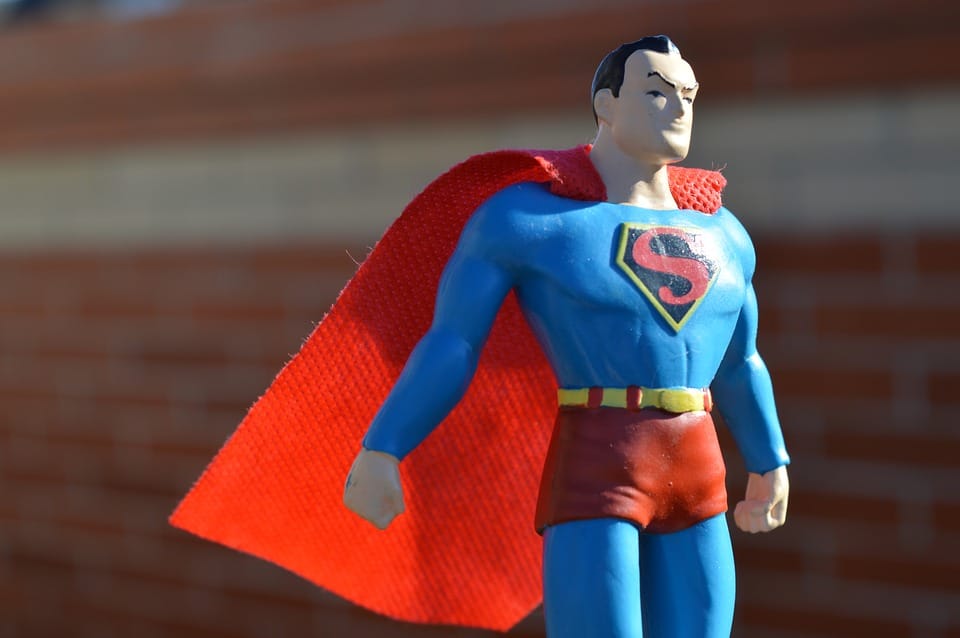
Modern PR and Classic Heros
Social Media
Posted 24 Mar 2017
What do Spider-Man, the new Edeka commercial and good PR have in common? It’s all about heroes! The hero is the center of every story – thus, he is of great importance for PR, too. For some years, storytelling has been the PR and marketing trend per se. Now, some may claim that PR managers have always been telling stories. That is true in the sense that PR has always been helping journalists to find stories or companies to tell their story. But modern storytelling goes far beyond that. It is narrative, creative, and creates exciting stories around brands, products and companies. Stories concentrate information in an entertaining way to make it easy to remember. A good story is also emotional and arouses familiar feelings. That means, storytelling is entertaining, emotional and sticks in the recipients’ memories. Furthermore, today’s digital media landscape offers various new ways of telling stories multimedia and in different channels.
Who or what is a hero?
A good story stands and falls with its main protagonist – the hero. But who is a hero and what makes a good hero? For modern storytelling, it is important to create a hero who is basically “one of us”. The hero as one “who is naturally equipped with respectable appearance and extraordinary strength, who has gained glory from heroic deeds, and who stands out from all others”, is not a very contemporary characterization. The hero should not stand out by appearance or ability, but rather be like you and me. He has to deal with the same problems like everyone else. This means, a good hero is a regular person with whom the recipient can fully identify.
(This characterization of the hero also makes a great part of the success of contemporary Marvel superhero movies like Iron-Man, Spider-Man and others. The heroes of these movies have fantastic abilities – which make them super-heroes – but they are rooted in reality and have to deal with everyday problems.)
The hero’s journey – all-inclusive in 12 steps
Besides the hero, there is a second requirement for good stories: structure – and this is definitely nothing new as well. The so-called hero’s journey is the archetype of every good story and has been told as long as we can remember: from the great antique myths to current Hollywood blockbusters, almost every popular story follows the same structure. This structure has been elaborated by Joseph Campbell in his 1949 book The Hero with a Thousand Faces. Campbell divides the hero’s journey into three acts which consist of a total of 17 steps. Screenwriting expert Christopher Vogler modernized Campbells ideas and reduced them to 12 steps. Let’s look at this version of the hero’s journey to find out how typical hero stories should be structured:
This twelve-stepped journey can be divided into three acts: Steps 1 to 5 make up the story’s first act, which introduces the initial situation and main characters. The second act consists of steps 6 to 9, where the main plot and climax take place. Steps 10 to 12 make up the third act which closes with a happy ending. This means, the hero’s journey follows the classical three act structure of exposition, confrontation and solution.
Classic Stories in modern make-up
Let’s recapture: How we tell stories underlies constant change. Digital media offer a multitude of ways to tell stories. In contrast, the stories we tell are basically always the same. It has always been true that good stories need strong protagonists and exciting conflicts to win over the recipients’ favor: A hero moves out on an adventure, he overcomes obstacles and returns home to solve society’s problem for the greater good.
Despite all the changes and the fast pace of our digital age, the hero’s story is a constant we can rely on. The recipient is already familiar with this story. Thus, these stories are so easy to remember and they promptly evoke well-known emotions. The recipe for success may go like this: Take Vogler’s classical hero journey and root it in the recipients’ lifeworld. Add a strong hero who is easy to identify with, add a pinch of suspense and humor and finish it off with a happy ending. Voilà – that’s storytelling!